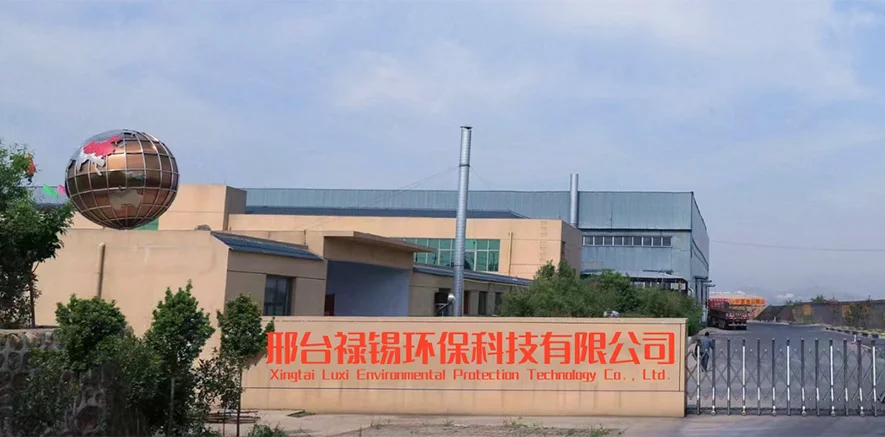Nov . 06, 2024 03:03 Back to list
Steel Wire Rod Coil Production Facility Overview and Insights
The Production of Steel Wire Rod Coils A Comprehensive Overview
Steel wire rod coils serve as a fundamental component in numerous industrial applications, ranging from construction to automotive manufacturing. The production of these coils is a complex yet fascinating process that transforms raw materials into high-quality steel products. This article explores the intricacies of manufacturing steel wire rod coils, emphasizing the processes, technologies, and market significance.
Raw Material Sourcing
The journey to producing steel wire rod coils begins with the careful selection of raw materials. The primary input is iron ore along with various alloys to achieve desired material properties. The ores undergo a series of processes in a blast furnace, where they are smelted at high temperatures with coke and limestone. This process removes impurities and results in molten iron, which is then converted to steel through various methods, notably the basic oxygen process. The quality of raw materials directly impacts the strength and durability of the final product, making this an essential phase in production.
Steelmaking Process
Once the steel is ready, it is subjected to further refining to enhance its chemical composition. This stage often involves the addition of elements like carbon, manganese, and silicon, which impart specific characteristics to the steel. After achieving the desired formulation, the molten steel is cast into large blocks known as billets. These billets can then be hot-rolled into wire rods, a process that significantly alters their properties.
The hot-rolling process involves heating the billets to a specific temperature and then passing them through a series of rolls to achieve the desired diameter and shape. This process not only provides the wire rods with their final dimensions but also enhances their mechanical properties. Hot-rolled wire rods typically exhibit increased toughness, ductility, and strength due to the controlled deformation they undergo.
Coiling and Cooling
Following the rolling process, the wire rods are coiled into large coils, usually weighing several tons. This coiling is crucial as it facilitates storage, handling, and transportation. The coiling units are designed to maintain precise tension and ensure that the coils remain stable without diverging. Once coiled, the rods undergo a cooling process, which can be either air-cooling or water-quenching, depending on the desired properties of the final product. The cooling stage minimizes internal stresses and further stabilizes the steel structure.
steel wire rod coils factory

Quality Control Measures
Quality control is a critical aspect of the production of steel wire rod coils. Throughout the manufacturing process, various testing methods are employed to ensure that the steel meets the required standards. Tests for tensile strength, elasticity, and fatigue are commonplace, alongside chemical composition analysis. These quality assessments are vital; they guarantee that the wire rod coils can withstand the rigors of their intended applications.
Industry Applications
Steel wire rod coils find versatile applications across multiple industries. In construction, they are widely used to produce rebar, wire mesh, and various steel frameworks. The automotive sector also relies heavily on wire rods for making springs, cables, and other components that require high tensile strength. Additionally, the manufacturing of consumer goods, agricultural equipment, and industrial machinery benefits from the durability and resilience of wire rod products.
Market Dynamics and Future Trends
The market for steel wire rod coils has shown significant resilience and adaptability in recent years. With increasing urbanization and infrastructure development globally, the demand for high-quality steel products continues to rise. Moreover, with advancements in technology, manufacturers are exploring eco-friendlier steel production methods to minimize their environmental impact.
Innovations such as electric arc furnaces and advanced alloying techniques are shaping the future landscape of wire rod production. These technologies not only enhance product quality but also improve energy efficiency and reduce carbon emissions. As industries move toward sustainable practices, the steel wire rod market is likely to see a greater emphasis on recycled materials and cleaner production processes.
Conclusion
The production of steel wire rod coils is an intricate interplay of raw material processing, skilled engineering, and quality assurance. As the backbone of many industrial applications, these coils are indispensable to the modern economy. With ongoing innovations and a growing focus on sustainability, the future of steel wire rod production holds promising opportunities for both manufacturers and end-users. As the industry evolves, so too will the methods and materials used to meet the ever-growing demands of global markets.
-
Eco-Friendly Granule Covering Agent | Dust & Caking Control
NewsAug.06,2025
-
Fe-C Composite Pellets for BOF: High-Efficiency & Cost-Saving
NewsAug.05,2025
-
Premium Tundish Covering Agents Exporters | High Purity
NewsAug.04,2025
-
Fe-C Composite Pellets for BOF | Efficient & Economical
NewsAug.03,2025
-
Top Tundish Covering Agent Exporters | Premium Quality Solutions
NewsAug.02,2025
-
First Bauxite Exporters | AI-Optimized Supply
NewsAug.01,2025
